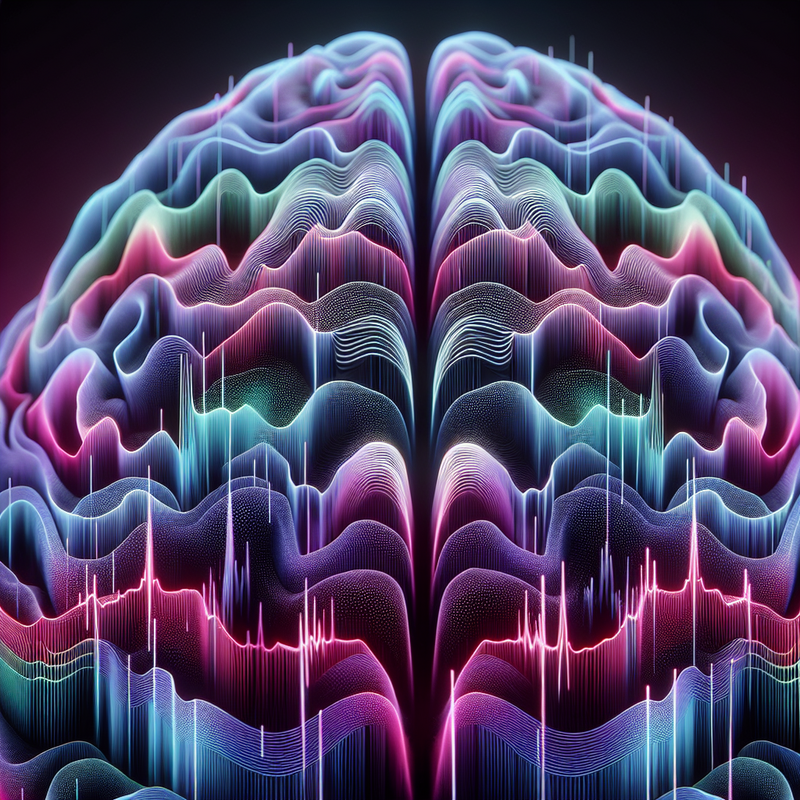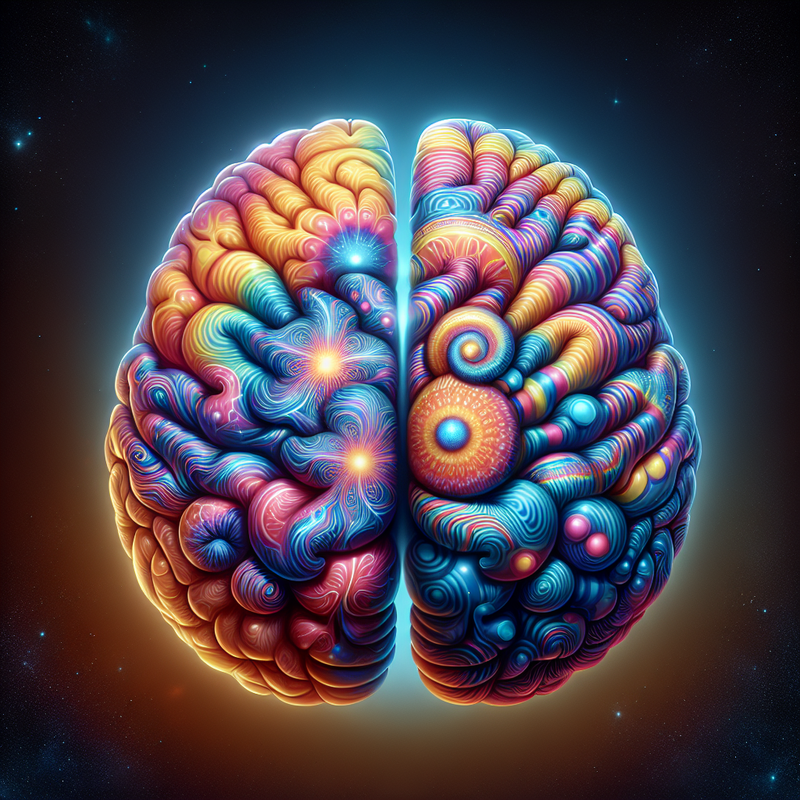In a recent scientific breakthrough from the University of Pennsylvania, fresh insights into electroconvulsive therapy (ECT) may revolutionize the approach to treating serious psychological conditions.
Known for its seizure-inducing effects, researchers have now identified that ECT also initiates a pivotal brain reaction: cortical spreading depolarization (CSD).
This slow-moving brain wave acts as an extensive ‘reset button,’ impacting nearly all neurons it touches. The discovery of CSD offers valuable understanding into why ECT provides such quick and effective relief for individuals with mental disorders that are otherwise unresponsive to treatment.
Shifting the perspective, Zach Rosenthal, a psychiatry resident in his third year at Penn’s Perelman School of Medicine, highlights the contemporary relevance of ECT.
Despite ECT’s reputation as being somewhat antiquated, Rosenthal emphasizes its unparalleled efficacy in combating severe depression, psychosis, catatonia, bipolar mania, among others. His research team’s work, published in Nature Communications, has contributed significantly to this understanding.
Using optical neuroimaging, a non-invasive method employing light to track brain activity, Rosenthal’s group has demonstrated that CSD follows ECT sessions.
This innovative use of technology moves the treatment toward a more precise science. Rosenthal remarks on the historical knowledge gap: “While we’ve recognized that stimulation parameters and the intensity of seizures can indicate how effective ECT is, we hadn’t understood the underlying reasons.”
Rosenthal’s research observed that, similar to what is seen in animal models, human brains emit hyperemic waves post seizure from ECT. These observations challenge the current belief system that primarily associates the therapeutic benefits of ECT with the seizure itself. Instead, they could lead to a more nuanced understanding and optimization of ECT therapy, improving patient care.
Rosenthal’s ambitions are clear as he states, “ECT is advancing towards a precision medicine model, which will utilize brain-based biomarkers for customizing treatment according to individual needs.”
The development of neuroscience technologies is driving this tailored approach, aiming to achieve specific, outcome-oriented treatment for managing psychiatric disorders with enhanced precision.




